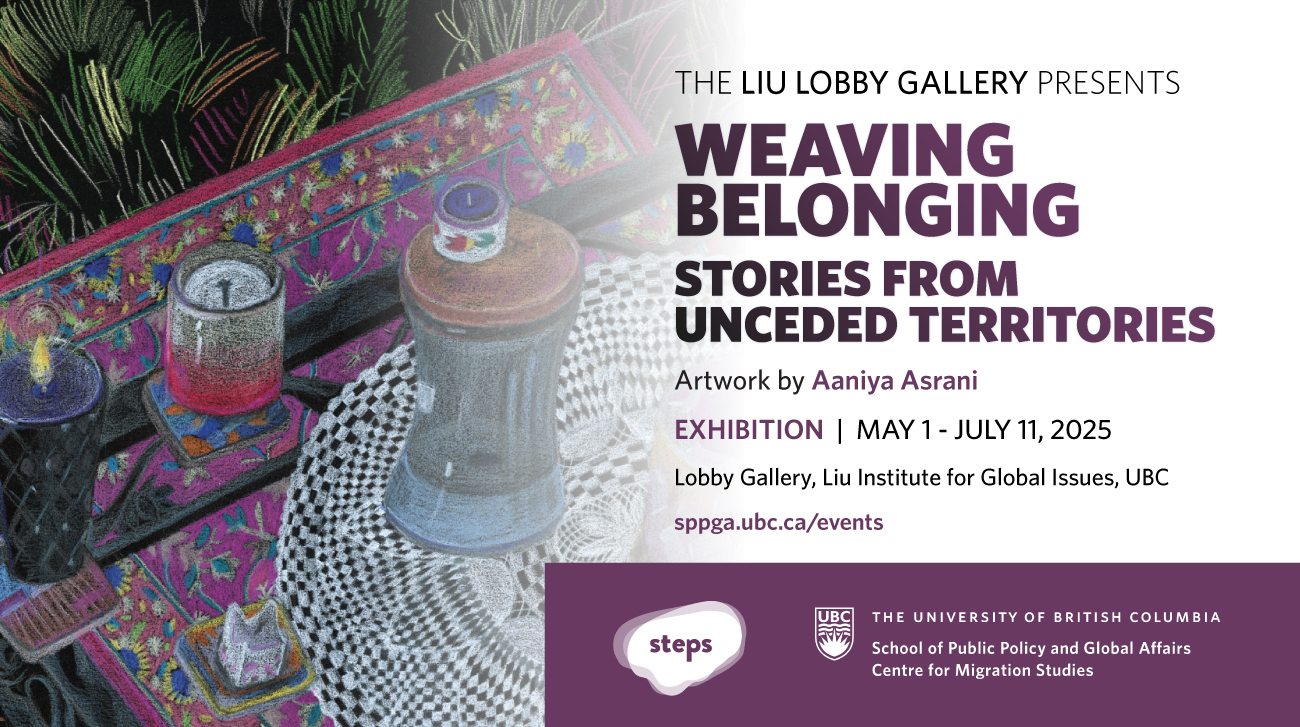Contemporary Tibetan art has recently begun to receive great attention from museums and collectors worldwide. This new development marks an exciting movement within the rich, established lineage of Tibetan art history. Tenzing Rigdol is one of the leading avant-garde artists, producing complex and thought-provoking artwork that are the products of collective influences and interpretations of age-old traditions. Strongly influenced by philosophy, they capture the ongoing issues of human conflicts and have strong political undertones. For Rigdol, politics is an unavoidable element in his art. Indeed, his artworks reconstruct traditional Tibetan ways of thinking, questioning and interrogating the complex foreign influences and eliciting its own identity. His art—personal at its core, yet intertwined with the experience of being a Tibetan in this post-colonial world—regenerates the displaced voice.
Tenzing Rigdol is a leading contemporary Tibetan artist and activist, born in Kathmandu, Nepal in 1982 to Tibetan refugee parents. Rigdol’s work has been exhibited in important galleries and museums in Europe and North America, including the Metropolitan Museum of Art. In 2014, Rigdol was one of only two contemporary Tibetan artists to be included in the exhibition Tibet and India: New Beginnings at the Metropolitan Museum of Art, New York. His “Pin Drop Silence: Eleven-Headed Avalokitesvara” was also the first work by a contemporary Tibetan artist to be acquired by the Met. Rigdol is perhaps most well known for his 2011 “Our Land, Our People,” a public installation in Dharmsala, India created from some 20,000 kgs of Tibetan soil smuggled across the border from Shigatse. Rigdol is featured in the film “Bringing Tibet Home” that documents this extraordinary project.
This event is sponsored by the Himalaya Program, the Contemporary Tibetan Studies Program, and the Department of Art History, Visual Art and Theory.
